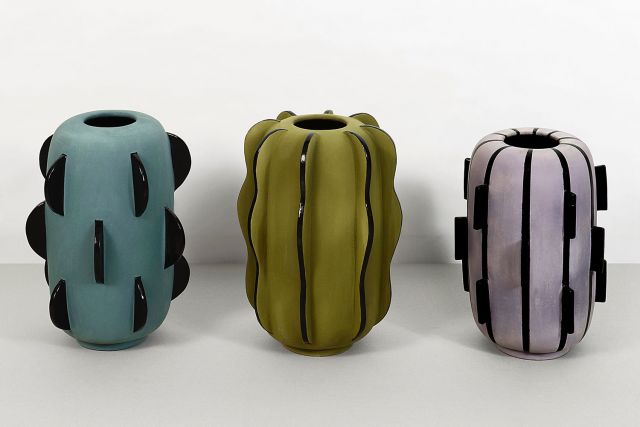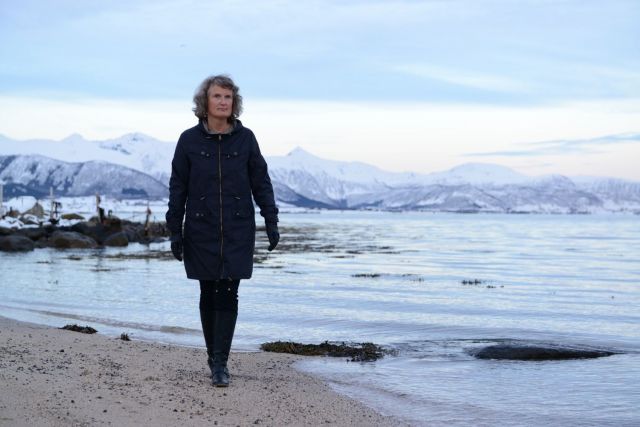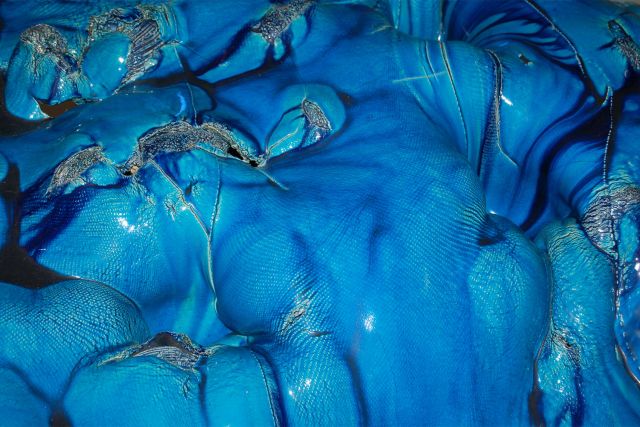Insula is a wall hanging made as a network. It represents the human nervous system, abstracted into a rectangle. Each section measuring 100 x 100 cm is sprayed more than 100 times with a liquified paper pulp consisting of pigmented linen fibres, cellulose glue and water. The colour is dark pure red.
Height 300 cm
Width 300 cm
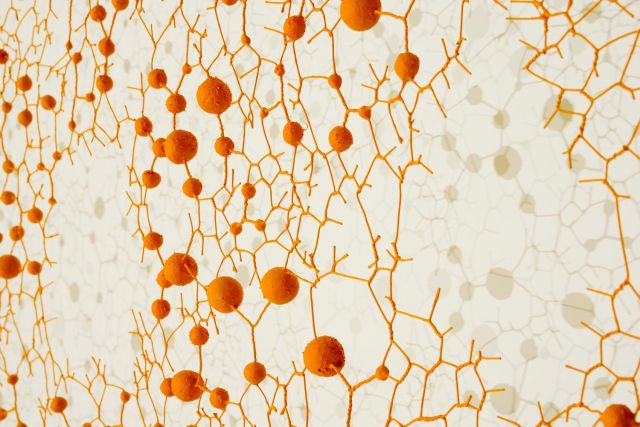
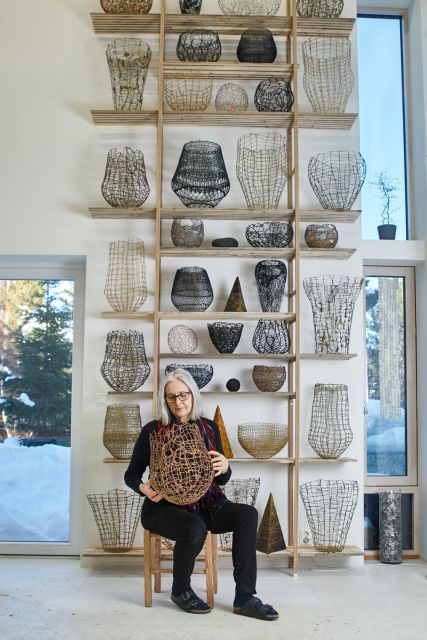
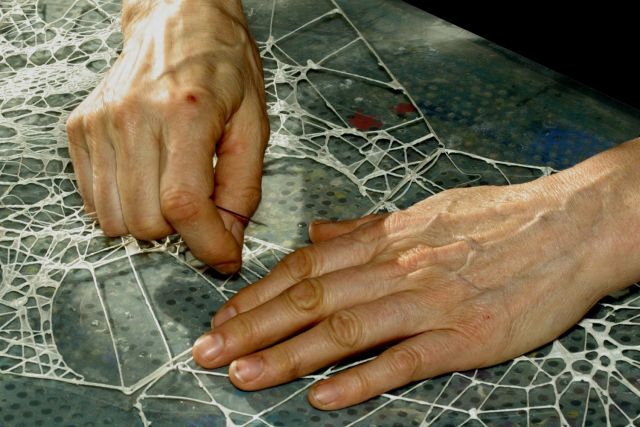
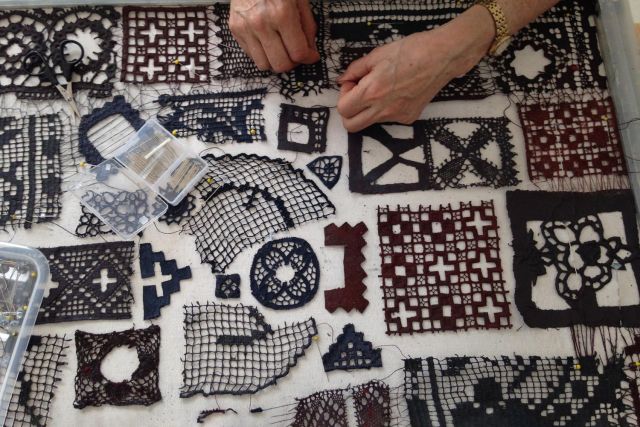
Gjertrud Hals
- Multimedia sculptor
- Molde, Norway
- Master Artisan
By appointment only
+47 97041072
Inspiration caught in a net
- • Gjertrud’s objects vary in nature and in the techniques applied
- • She enjoys to play and experiment on her own
- • Her artwork tends to blend into the environment
Having been born and raised on a small island on the north-western coast of Norway, Gjertrud Hals is hugely influenced by the landscape in her artwork. Much of her work is an attempt at expressing the connection between the island’s micro-history and the world’s macro-history. Her creations are “nets artworks” made of thread, metal wire, paper or paper fibre. But also embroideries and 3D works made of paper and fibre, metal wire and resin. “I am working with the connection between form, light and shadow. For me, lightness is an important quality, often combined with sizes and shapes that are normally thought of as massive and solid. When I am creating sculptural volumes, I prefer to use materials that look fragile, but are actually physically strong.”
Read the full interviewWorks
Photo: ©Nanna Wessel

Photo: ©Sjur Fedje
Tela is a wall hanging consisting of three parts, each measuring 200 x 100 cm. The web-like structure, made of iron wire with small balls, is sprayed with 50 layers of liquified paper pulp. The colour is golden yellow. It should hang freely or with a distance to the wall.
Height 200 cm
Width 300 cm

Photo: ©Sjur Fedje
The Ultima project consist of a series of objects with different natural colours, structures and heights, but similar shapes. This Ultima object, a mix between a vase and an urn, is knitted from linen thread, shaped and cast on a mould with resin. It is stiff, lightweight and translucent.
Height 85 cm
Diameter 95 cm

Photo: ©Omar Sejnæs
White Night is a wall hanging, consisting of two parts. It has a web-like structure, stiff and hard to touch. The colour is pearl white. The grid is made of iron wire, combined with cotton fibre balls. The grid is sprayed approximately 25 times with white coloured paper pulp.
Height 200 cm
Width 200 cm







